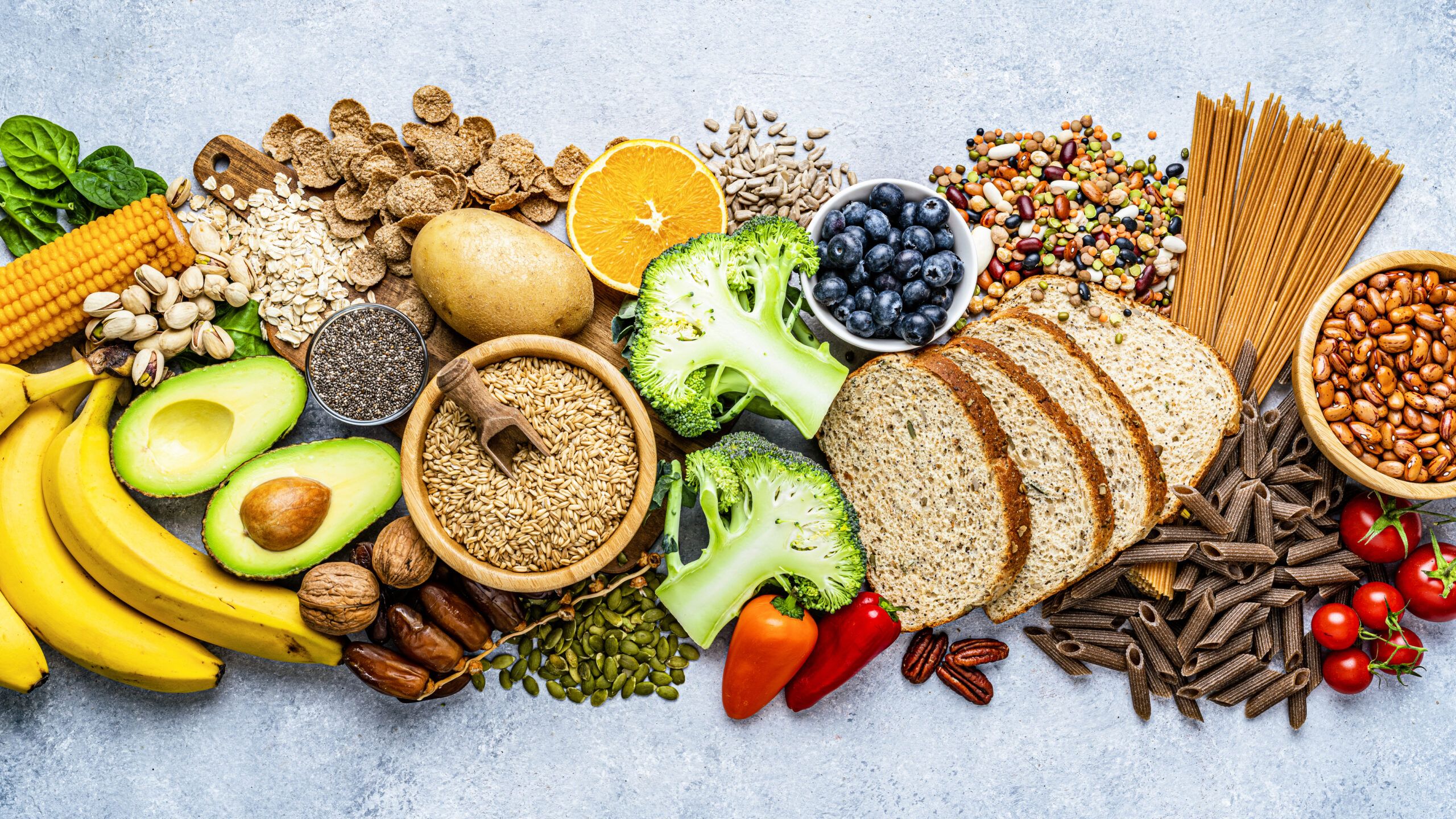New Extrusion Technologies: Breakthroughs in Plant-Based Proteins
French food technology company Clextral has unveiled a new patented system for vegetable protein texturization that pushes the boundaries of what’s possible in meat and seafood alternatives. Dubbed “Galaxy Texturing Technology,” this innovation combines shear-cell fibration with continuous extrusion to create whole-cut plant-based proteins that more closely replicate the tenderness and structure of real meat and fish.
At a time when consumers and foodservice buyers alike are demanding plant-based products that don’t just mimic—but genuinely rival—animal proteins, technologies like this could help accelerate adoption across mainstream markets.
A Shift Toward Whole-Cut Innovation
One of the key limitations in the plant-based space has long been texture. While ground meat analogs like burgers and sausages have gained widespread acceptance, replicating the complex, fibrous consistency of whole cuts—like chicken breasts, steaks, or fish fillets—has remained elusive. Clextral’s new system addresses this by producing softer, more flexible fibers and enabling large-format products with naturalistic muscle-like structure.
The technology’s ability to deliver realistic whole cuts could unlock new product formats for plant-based brands, moving beyond patties and nuggets to full entrees, carving stations, and upscale applications that elevate the consumer experience.
Continuous Extrusion with Shear-Cell Dynamics
At the heart of the innovation is a dynamic die that shears and cools plant-based proteins as they exit a continuous extruder. Unlike traditional extrusion, this method aligns fibers in a way that mimics the layering and mouthfeel of animal tissue. With a throughput capacity of up to 400 kilograms per hour, the Galaxy platform also introduces new levels of scalability, making it viable for commercial production.
Crucially, the system allows manufacturers to fine-tune numerous parameters—from temperature and pressure to screw speed and shear rate—giving product developers precise control over final texture and consistency. This kind of flexibility opens the door to diverse innovations across protein sources and culinary applications.
Broader Implications for the Plant-Based Sector
Technological advances like this represent pivotal progress for the plant-based movement as a whole. As the industry matures, consumers are increasingly seeking options that are not only sustainable and health-forward but also indulgent and satisfying. If taste and texture continue to improve, particularly in categories like whole-cut meat and seafood, the barriers to widespread plant-based adoption could shrink significantly.
Moreover, as producers experiment with proteins beyond soy and peas—such as lentils, chickpeas, or even insect-based sources—flexible, modular systems like Galaxy offer the adaptability to keep pace with emerging ingredients and regional food trends.







